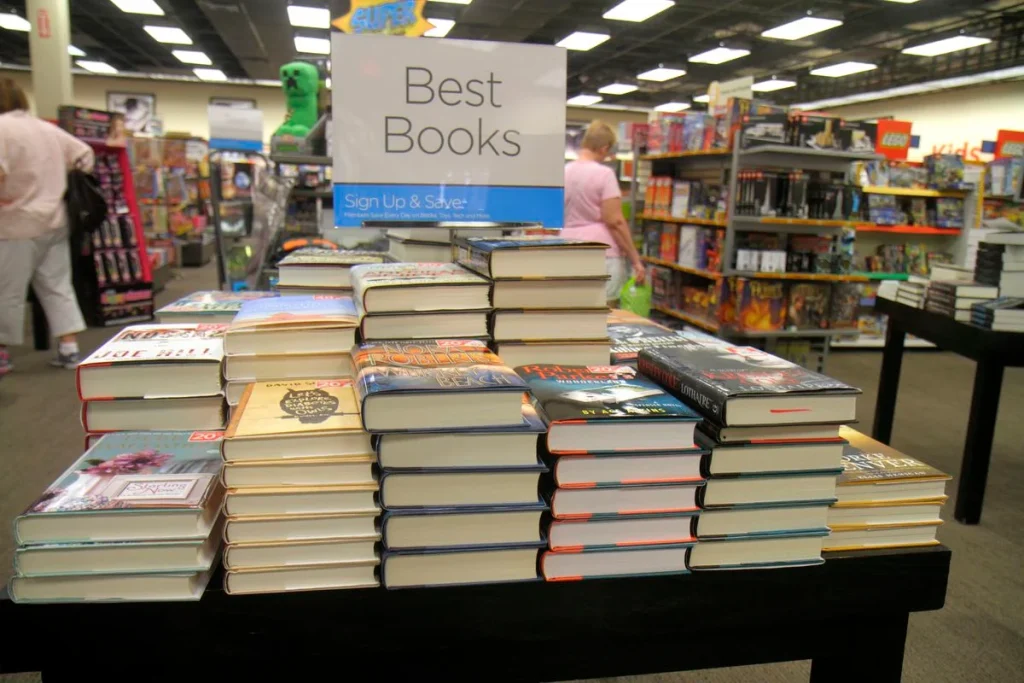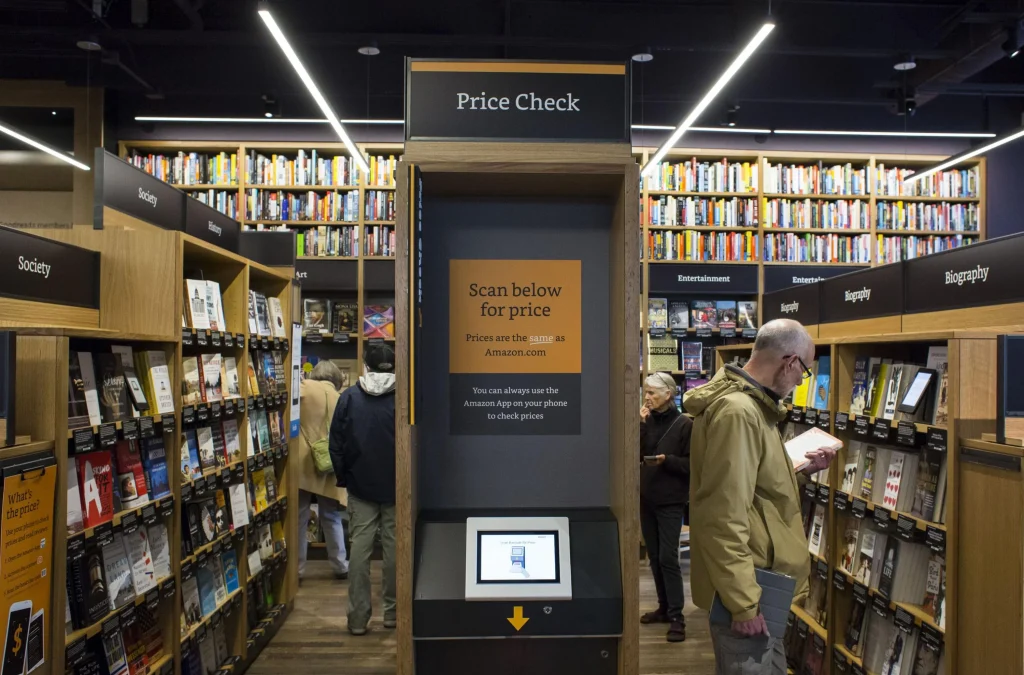How To Write A Children’s Book in a Short Time
Home How To Write A Children’s Book in a Short Time Hey there, future storytellers. Over at Urban Quill Publishing, we get the excitement of turning a kid’s tale into something real. If you’re a parent juggling life or a teacher with ideas bubbling up, you don’t need months to create a great book. You can pull it off in weeks with smart planning. This post walks you through writing a children’s book quickly. We’ve guided tons of writers through children’s book publishing at Urban Quill Publishing, and now we’re sharing tips to help you. Book publishing for children isn’t what it used to be. It’s faster now, thanks to self-publishing options and pros like us. No more endless waits for big publishers. You can get your book out there quick without cutting corners. We’ll talk about brainstorming, drafting, editing, illustrating, and launching, all while highlighting children’s book illustrations that pop and brand names that kids remember. Step 1: Get Your Idea Sorted and Outlined Quick Start with a strong concept for your children’s book. Figure out who it’s for, like little ones just learning words or kids in school. Pick topics that grab them, such as making friends or facing small fears. We tell writers at Urban Quill Publishing to pull from their own lives or what they see around them to spark ideas fast. Set a short timer, say half an hour, and list out a dozen story sparks. Grab the one that fires you up. Then sketch a basic plan: start, build-up, peak, wrap-up, and a feel-good close. Keep it simple so your story moves without extras. For picture books in children’s book publishing, stick to 500 to 1,000 words. Think ahead about scenes that work well for book illustrations, like a wild adventure or funny critters. This saves time later. For book names, if characters come back in more stories, name them smartly, such as “Luna the Brave Lion’s Quests.” Names matter in publishing because they help fans spot your stuff easily. While outlining, see how the publishing helps fit in. We offer manuscript checks at Urban Quill Publishing to tweak your plan early, matching what’s hot in book publishing for children. Brainstorm in bursts to keep momentum. Outline key plot points for smooth flow. Tie in visual ideas for illustrations right away. Step 2: Bang Out That First Draft, No Fussing With your plan set, jump into writing. To finish a children’s book fast, just pour it out without fixing stuff as you go. Aim for a couple of hundred words a day and wrap the draft in a week or so. Stick to easy words, quick sentences, and fun rhythms that kids love. Add lively chats and clear pictures in words that match up great with book illustrations. Show feelings through what characters do, not fancy talk, so artists can nail it easy. From what we’ve seen at Urban Quill Publishing, this method speeds things up and boosts the end result in children’s book publishing. As you write, weave in names. Make up cool ones for places or things, like “Mystic Meadow” or “Glow Charms,” that could define your style. Solid names set you apart in book publishing and pull in repeat readers. If words stall, try ghostwriting help. We handle that at Urban Quill Publishing for kids’ stories and more, getting your draft done while you keep full rights. Write daily chunks to build the story fast. Focus on kid-friendly language from the start. Plant names early for series potential. Step 3: Tweak and Shine It Up for Kids Now edit to make your draft sparkle. For quick work, do one round for the tale itself, one for words that fit the age, and one for how it reads. Say it out loud to spot clunky bits, since kids’ books shine when read together. This part lines up your words with children’s book illustrations. Make sure scenes are simple for drawing, skipping tough setups that slow things down. Pro edits cut time big time. Our team at Urban Quill Publishing does deep edits, line checks, and proofs for clear, tight stories. Brand names get polished here, too. Make them snappy and unique, ready for extras like toys in children’s book publishing. We’ve built names for authors that go beyond pages. Read aloud for natural flow. Simplify for easy illustrating. Strengthen names for impact. Step 4: Add Magic with Eye-Catching Pictures Kids’ books need pictures that pull readers in. Children’s book illustrations make tales stick and fire up young minds. To keep it speedy, pick if you draw, hire someone, or go pro. Use apps like Procreate or Adobe for fast sketches. Go for a dozen or so pictures, hitting big moments. Book illustrations should burst with color, show feelings, and include everyone. We create custom book illustrations at Urban Quill Publishing that fit your words perfect, keeping quality high without delays. Show book names in pics, maybe with fun styles. This boosts names and makes your book pop. Children’s book illustrations are core to success. We’ve done children’s illustrations for hits, adding heart to stories. Choose tools for quick art. Pick scenes that tell the story visually. Blend in brand elements for unity. Step 5: Layout, Cover, and Gear Up for Launch After words and children’s book illustrations, handle the look. Tools like Vellum or Canva make layouts simple, fitting spots like Amazon. A killer cover with bright book illustrations sells books in children’s book publishing. We design pro covers and insides at Urban Quill Publishing to make yours stand out. Put book names on the front for quick recall. Consistent looks build strong brand names. Our formatting works for print and e-books, hitting places like Barnes & Noble and Amazon fast. Test layouts for all formats. Design covers that grab eyes. Highlight names visually. Ready to publish? Team up with Urban Quill Publishing for assistance! Get Started Now Step 6: Get It Out and Spread the Word Time to publish. Children’s












